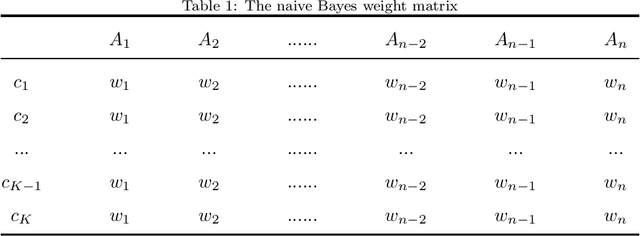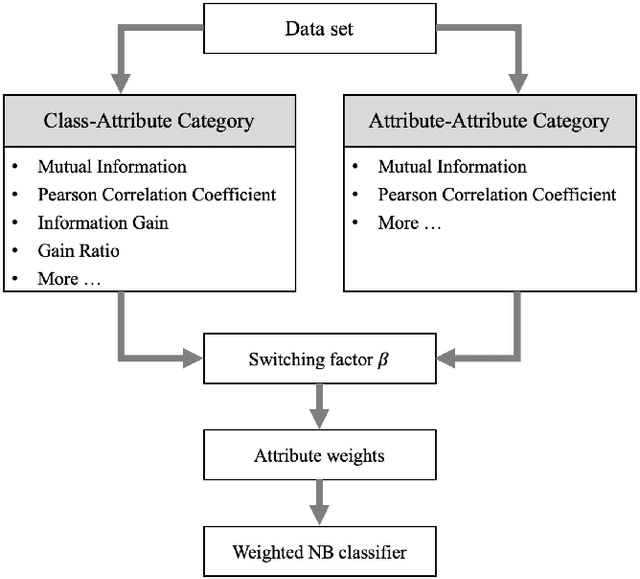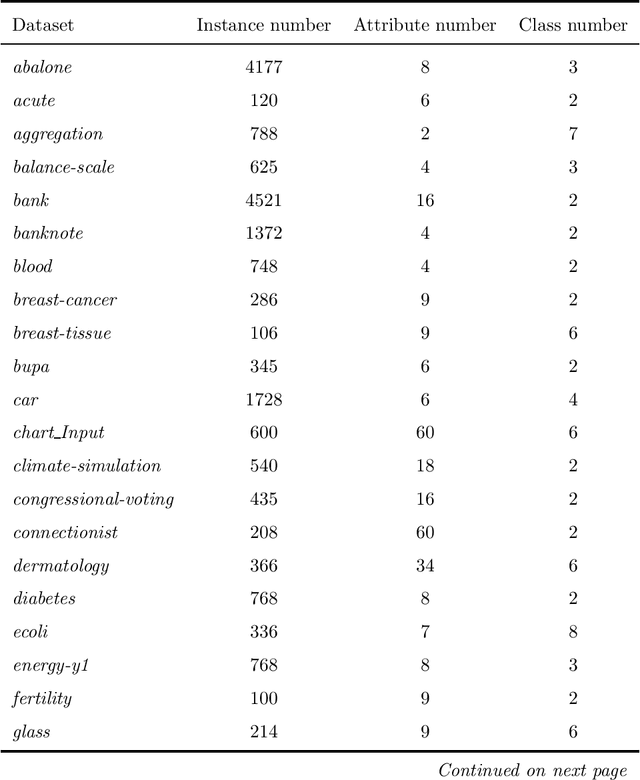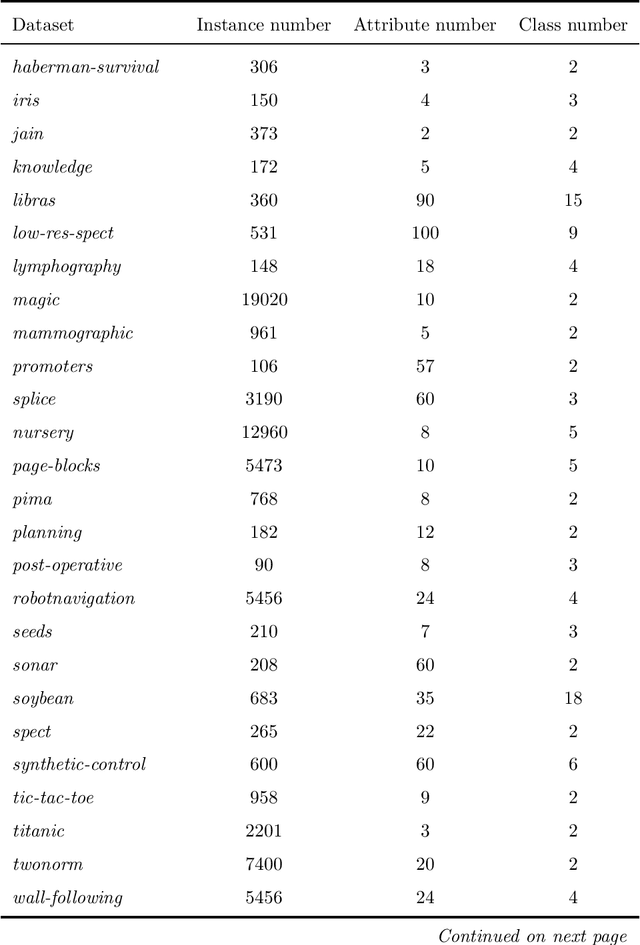Dongyang Wu
Enhancing Layout Hotspot Detection Efficiency with YOLOv8 and PCA-Guided Augmentation
Jul 19, 2024



Abstract:In this paper, we present a YOLO-based framework for layout hotspot detection, aiming to enhance the efficiency and performance of the design rule checking (DRC) process. Our approach leverages the YOLOv8 vision model to detect multiple hotspots within each layout image, even when dealing with large layout image sizes. Additionally, to enhance pattern-matching effectiveness, we introduce a novel approach to augment the layout image using information extracted through Principal Component Analysis (PCA). The core of our proposed method is an algorithm that utilizes PCA to extract valuable auxiliary information from the layout image. This extracted information is then incorporated into the layout image as an additional color channel. This augmentation significantly improves the accuracy of multi-hotspot detection while reducing the false alarm rate of the object detection algorithm. We evaluate the effectiveness of our framework using four datasets generated from layouts found in the ICCAD-2019 benchmark dataset. The results demonstrate that our framework achieves a precision (recall) of approximately 83% (86%) while maintaining a false alarm rate of less than 7.4\%. Also, the studies show that the proposed augmentation approach could improve the detection ability of never-seen-before (NSB) hotspots by about 10%.
A general framework for adaptive two-index fusion attribute weighted naive Bayes
Feb 24, 2022



Abstract:Naive Bayes(NB) is one of the essential algorithms in data mining. However, it is rarely used in reality because of the attribute independent assumption. Researchers have proposed many improved NB methods to alleviate this assumption. Among these methods, due to high efficiency and easy implementation, the filter attribute weighted NB methods receive great attentions. However, there still exists several challenges, such as the poor representation ability for single index and the fusion problem of two indexes. To overcome above challenges, we propose a general framework for Adaptive Two-index Fusion attribute weighted NB(ATFNB). Two types of data description category are used to represent the correlation between classes and attributes, intercorrelation between attributes and attributes, respectively. ATFNB can select any one index from each category. Then, we introduce a switching factor \{beta} to fuse two indexes, which can adaptively adjust the optimal ratio of the two index on various datasets. And a quick algorithm is proposed to infer the optimal interval of switching factor \{beta}. Finally, the weight of each attribute is calculated using the optimal value \{beta} and is integrated into NB classifier to improve the accuracy. The experimental results on 50 benchmark datasets and a Flavia dataset show that ATFNB outperforms the basic NB and state-of-the-art filter weighted NB models. In addition, the ATFNB framework can improve the existing two-index NB model by introducing the adaptive switching factor \{beta}. Auxiliary experimental results demonstrate the improved model significantly increases the accuracy compared to the original model without the adaptive switching factor \{beta}.
 Add to Chrome
Add to Chrome Add to Firefox
Add to Firefox Add to Edge
Add to Edge